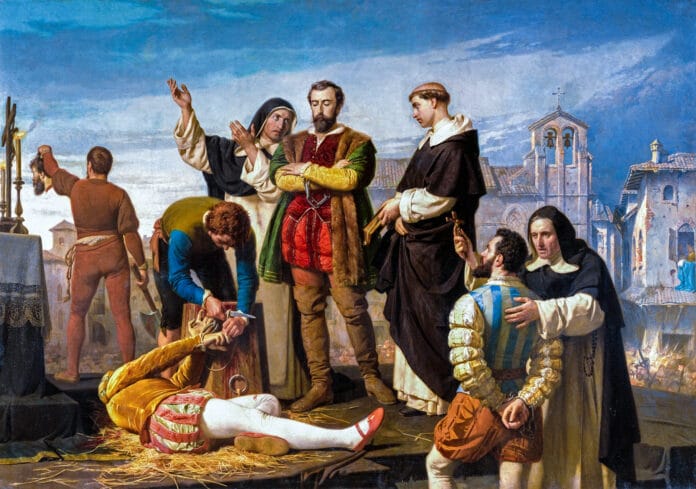
Socialistisk Biblioteks Tidslinje med links til begivenheder og personer i 2016.
Se også Index over personer, organisationer/partier og værker (som bøger, malerier, mm.), steder, begivenheder, mv., der er omtalt på hele Tidslinjen, titler og indhold på emnelisterne osv.
16. april 1520
Comuneros-revolten (Spanish: Guerra de las Comunidades de Castilla, “War of the Communities of Castile”). En opstand blandt indbyggerne i Castillien’ kommuner mod den spanske centrale kongemagt fra 16. april 1520 – 25. oktober 1521.
Også betegnelse for opstand marts-oktober 1781 i nuværende Columbia, ikke for uafhængighed, men for mindre central styring af koloniale udbytning. Om denne se: Revolutions and empires in the world history: Comuneros’ Revolt (Age of Revolution; blog)
Links:
Revolt of the Comuneros (Wikipedia.org)
The Comuneros: The revolt and its lessons. By Peter C. Earle (Mises Daily Articles, 04/06/2011). “A little more than an uprising of the citizens of the Kingdom of Castile against the monarchy in the early 16th century … it’s a historical episode rife with lessons for Austrolibertarians, carrying great significance in both theoretical and cautionary senses.”



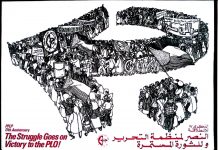
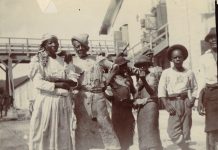
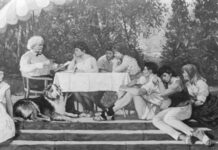

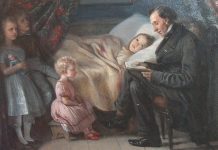
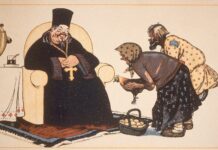
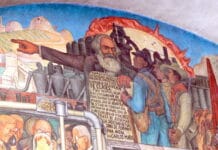



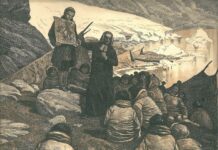
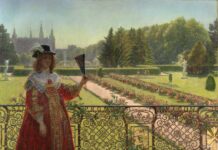

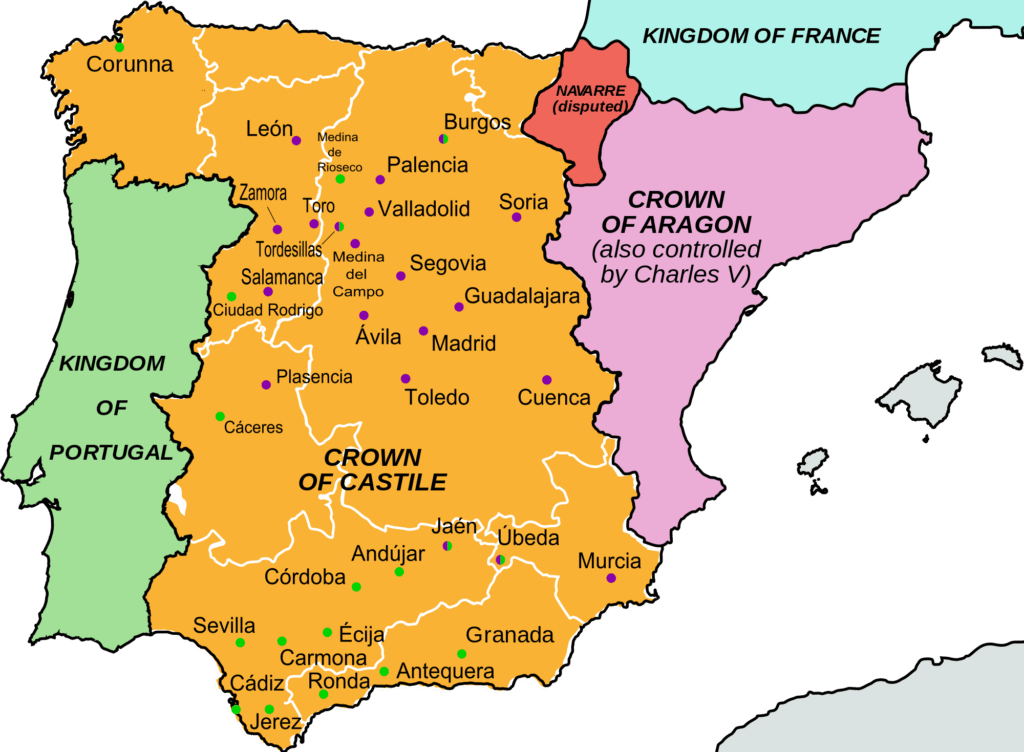
![A demonstration of workers from the Putilov plant in Petrograd (modern day St. Peterburg), Russia, during the February Revolution. The left banner reads (misspelt) "Feed [plural imperative] the children of the defenders of the motherland"; the right banner, "Increase payments to the soldiers' families - defenders of freedom and world peace". Both refer to the economic toll the First World War was having on civilian life, February 1917 (probably around March 7 [O.S. February 22]) Photo: Unknown. Public Domain.](https://socbib.dk/wp-content/uploads/2007/04/1917-februarrevolution2.1500x0-218x150.jpg)

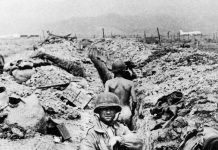
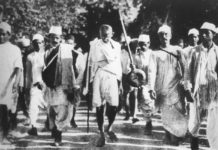

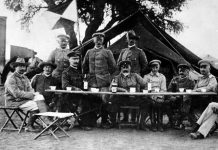

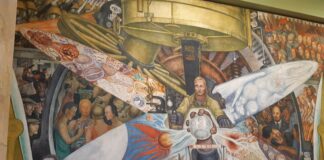










![A demonstration of workers from the Putilov plant in Petrograd (modern day St. Peterburg), Russia, during the February Revolution. The left banner reads (misspelt) "Feed [plural imperative] the children of the defenders of the motherland"; the right banner, "Increase payments to the soldiers' families - defenders of freedom and world peace". Both refer to the economic toll the First World War was having on civilian life, February 1917 (probably around March 7 [O.S. February 22]) Photo: Unknown. Public Domain.](https://socbib.dk/wp-content/uploads/2007/04/1917-februarrevolution2.1500x0-100x70.jpg)
